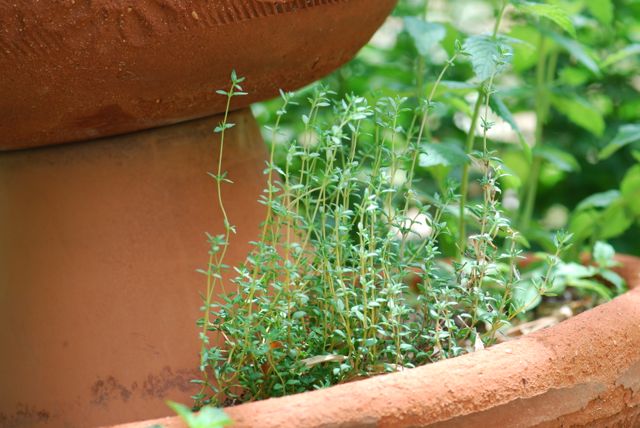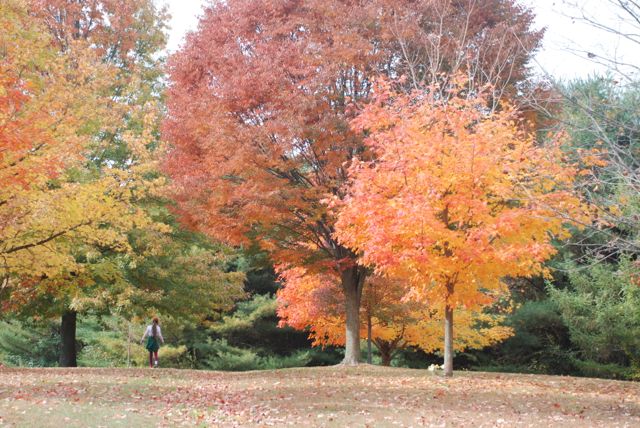Tuesdays are traditionally plant science days here at Growing with Science and New Year's is a great time to make plans for the upcoming year. Let's resolve to add more plants to our world in 2016. Here are some child-friendly ways to celebrate plants.
How to Add More Plants to Your World
- Plant some herbs in a container, windowsill, or garden.
Herbs are hardy and easy to propagate. Many herbs start readily by taking a stem cutting and putting it into a container of water. Once roots appear, plant in a pot and put in a sunny window.
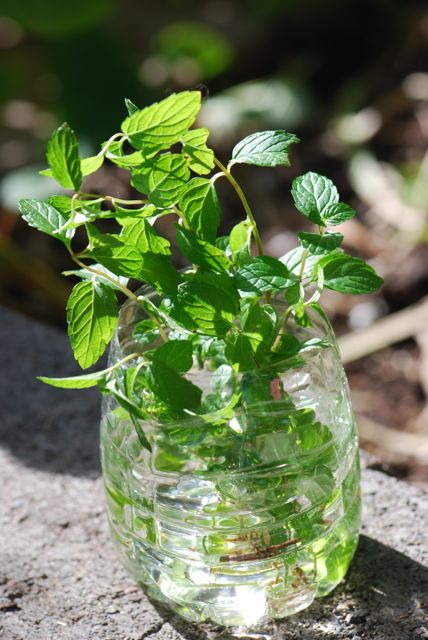 Your rooting container doesn't have to be fancy. This is a plastic water bottle cut in half.
Your rooting container doesn't have to be fancy. This is a plastic water bottle cut in half.
You can also move herbs outside into pots or gardens once the weather warms.
Growing herbs can have many benefits. Use fresh herbs in cooking to improve flavor. Let herbs go to flower and they will supply nectar to butterflies and other pollinating insects.
2. Grow and pot a houseplant for someone.
Many houseplants also can be grown from cuttings, such as pothos, spider plants, jade plants, etc.
Start some cuttings, pot them up, and give them as a gift to someone.
Plants can remind people of someone special for years to come. For example, this pothos cutting was from a plant originally given to my son by his fifth grade teacher many years ago. We remember him fondly when we tend to the plant.
3. Plant a vegetable garden.
Gardening with children is a wonderful experience because there are so many benefits.
Not only do children learn about soil, weather, water, plants, and animals,
 but they also are often more likely to try and eat different types of fresh vegetables if they grow the vegetables themselves.
but they also are often more likely to try and eat different types of fresh vegetables if they grow the vegetables themselves.
Now is a great time to start planning for spring.
4. Get involved in a school or community garden.
No place for a garden of your own? Not an experienced gardener? Look around for opportunities to participate in a school or community garden.
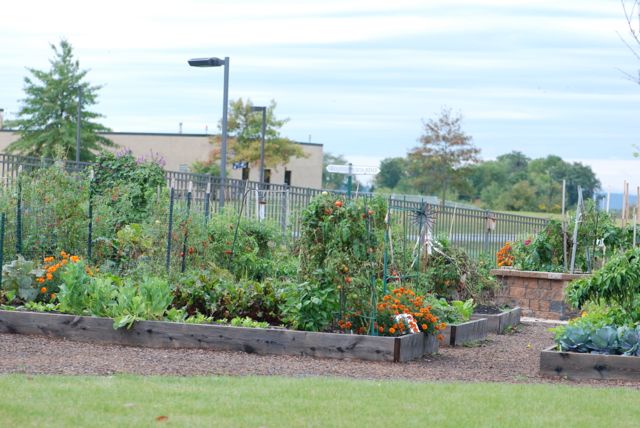 School and community gardens are places to share ideas about gardening, and as well as help others.
School and community gardens are places to share ideas about gardening, and as well as help others.
5. Plant a hollyhock or sunflower "forest."
We are often conservative when it comes to planting flowers and stick to low-growing varieties. Go wild this year and plant large blocks of big plants.
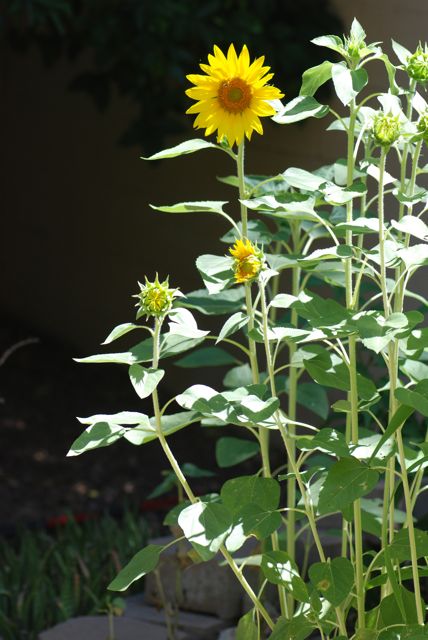 Children love to make forts, huts or other play spaces among the towering plants.
Children love to make forts, huts or other play spaces among the towering plants.
 Sunflowers supply nectar for a variety of pollinators. If you let them go to seed, they can supply food for people and birds, as well.
Sunflowers supply nectar for a variety of pollinators. If you let them go to seed, they can supply food for people and birds, as well.
 Hollyhocks are incredibly hardy and require relatively little water for their size. They are biennials, however, so you will need to wait for them to reach full size.
Hollyhocks are incredibly hardy and require relatively little water for their size. They are biennials, however, so you will need to wait for them to reach full size.
 Hollyhocks also supply nectar, pollen and seeds for wildlife.
Hollyhocks also supply nectar, pollen and seeds for wildlife.
6. Plant a pollinator or butterfly garden.
Gardening for pollinators is a fun way to learn both about local plants and the importance of pollinators.
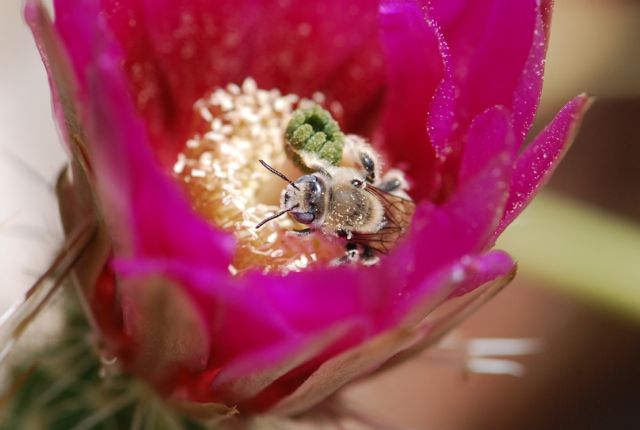 The best way to encourage pollinators is to choose plants that naturally occur where you live.
The best way to encourage pollinators is to choose plants that naturally occur where you live.
 Native plants are easier to grow, too.
Native plants are easier to grow, too.
Check out these related posts:
- 5 Great Plants for Butterfly Gardens
- Plant a prairie
- Gardening for Bees at Wild About Ants
7. Plant a tree
Trees supply some many things, from shade to wood. Consider adding trees to plans for planting this year.
See a related post about trees useful for butterfly gardens (scroll down past books)
Links:
- The National Wildlife Federation has a program for groups and organizations to obtain free trees for planting for wildlife.
- The Arbor Day Foundation has information about the benefits of planting trees, as well as how to plant a tree.
- Colorado State University has an extensive discussion about how to plant a tree.
How are you going to add plants to your world this year? Leave us a comment and let us know.
